Photo
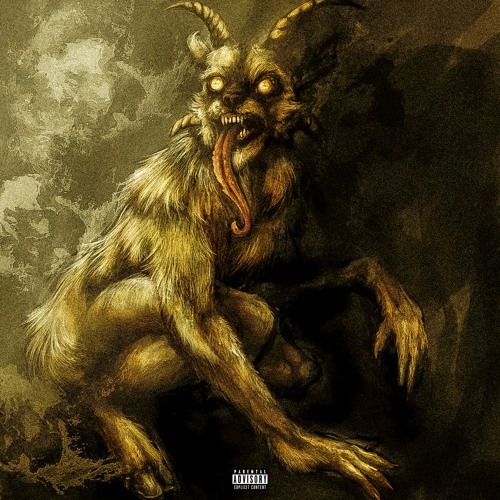
Week 13: Chapters 33-35 Monsters/Narcos/Migrants
Personally, I have never been able to gracefully handle subjects and ideas that leaves me feeling anxious and skeptical in spaces I might otherwise feel some security. The state of the world, and the iterations of monsters both real and fictional, included. After reading the chapter dissecting the origins of monsters, I feel like the reason why the idea of "monsters” /forms of the "other" has left me constantly unsettled. There is truth these figures represent, such as displayed in the Latina/o Monster Theory. While I have also thought that stories about the chupacabra just existed as a folklore story, the recent nature of this creature's history highlights the looming fear that the oppressed are overwhelmed by in the systems they are subjected to. Capitalism being deemed as a "blood sucker of vulnerability" is clearly seen through the unfair treatment for labor workers, and how labour, and the drive for any sort of wealth, consequently sucks the life out of its victims. Latina/o individuals translated their fear into a creature that feasts off the innocent, being represented as an animal with rough, mangey, diseased looking features. Fear from oppression and marginalization penetrates the imagination so deeply that only supernatural figures are subject to be created. Learning this makes me more curious about the history of things we fear, and how systems built on condemnation impact psychological make up of poor and marginalized people. I feel that Narcos culture has created another monster that is also very real and tangible. Though it might not fall into LMT, the glamorization of Narcos culture is bred through the fear of poverty and thirst for wealth and power.
0 notes
Photo


Week 8: Chapters 20-22 Latinx Alternative Archives and Hemispheric Foodway
When thinking about Mexican Cuisine, I feel that I am fortunate enough as a white person to know the difference between good, authentic Mexican food and more westernized imitations of it. Growing up in a predominantly Latinx community gave me the opportunity to eat the food that my friends’ family would make at family gatherings, as well as know what restaurants to go to for quality Mexican food. These restaurants in particular, were owned, operated, and staffed completely by Latinx individuals that knew exactly how to serve the food that their heritage is tied to. The environment of these restaurants also felt authentic, as they had every right to be. They were brightly colored, with a very warm and comforting atmosphere. I feel when I look at white-owned Mexican restaurants, such as Rick Bayless’ restaurants, there is not the same appeal. While the chapter describes Bayless' attempt to bring “authentic” food and experience into fine dining including restaurants with a similar atmosphere to those he “discovered” during his time in Mexico, this attempt falls short. There is nothing about the pictures I have viewed that makes me drawn to the same warmth and enjoyment of the Mexican owned restaurants I’ve come to love( pictures above). It actually makes me so frustrated that westerners lean so far into “construct [of] a “romantic crusader” image of the intrepid entrepreneur” that paints their inspiration for food being “discovered” rather than honoring the roots of the original tradition and practices. But at the same time, it feels like just another classic representation of colonization. This “desire to extract and claim ownership” of authentic food reminds me of white people classically cherry picking characteristics in the identities of oppressed people, that they have the privilege to take off when it no longer serves them.
0 notes
Photo

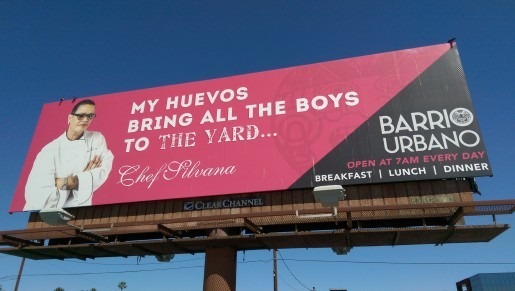
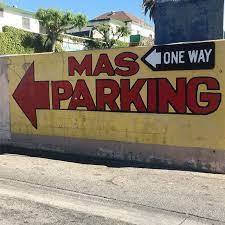
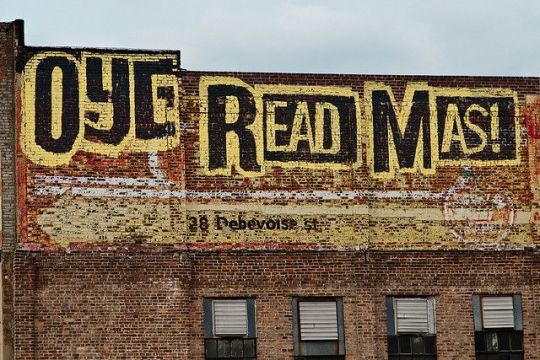
Week 6: Chapters 14-16
When I think about Spanglish, the first thing to come to mind transports me back to middle school. Obviously, within a structured school setting, this linguistic approach between English and Spanish was not encouraged because it was not seen as a “proper” way of speaking. However, when analyzing the way the English language changes throughout regions of the U.S., including accents, dialects, and slang, it makes sense that Spanish would find a way to uniquely integrate with English in similar ways. The way Spanish is spoken by Chicanx and Latina/os in the United States is reflective of the Melting Pot of culture that resides within Latinidad. Punk Spanglish specifically targets the dialect of Spanglish spoken in young people. The way this dialect has integrated itself into the street, classrooms, and especially in the media--television, music, online content, sports, literature, etc.. Spanglish has become a way of speaking that is indicative of the ever changing ways young people speak. Specifically, I think of listening to my Latinx friends speaking to each other, constantly code-switching.
In my own experience with trying to learn Spanish, I’ve taken traditional Spanish classes in high school, and I’ve had my go at learning through Duo Lingo. But when I’m surrounded by my Latina/o friends, I’ll naturally fall into Spanglish, integrating Spanish slang into conversation where the words I have learned apply. There is also such a difference between the Spanish that is taught compared to the Spanish that I hear being spoken on the streets and in the media, and it is because of that slang element. In my pursuit to learn Spanish, I am more passionately motivated to learn conversational Spanish, much like what my friends speak, than learning the “proper” Spanish that the education system has continued to push.
0 notes
Photo

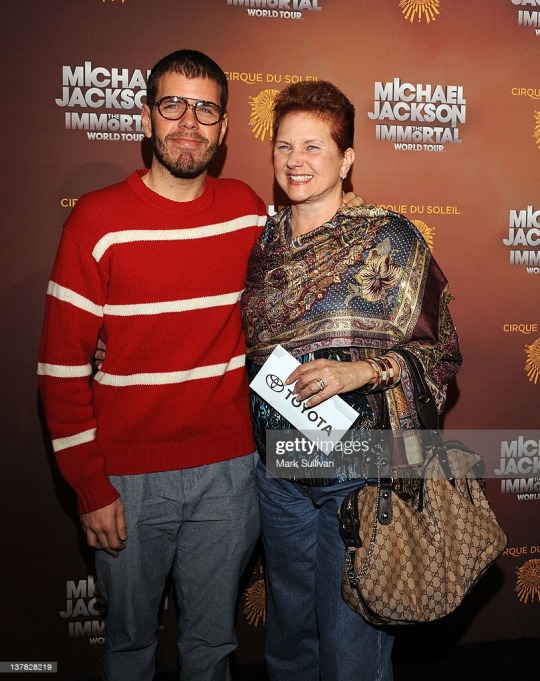
Week 3: Chapters 5-7
Latina/o representation in online content often resides in the plane of white consumerism. This is seen through Perez Hilton in how he places most of his identity in being a gay male rather than acknowledging his Cuban American roots. Through doing this, he takes off the identities associated in Latinidad, and leans into being a white passing Latinx person. In his doin this, he has assimilated into the popular consumer culture in the media. It makes his background in Latinidad one of the least important aspects of himself. Though he has recently been honoring his heritage since becoming a dad, posting videos of him speaking Spanish, and his mother singing Spanish lullabies to his children, this sort of outward representation is coming later in his career. In the same way Dulce Candy originally started her beauty career using relatable Spanish slang, and presenting herself with curly hair and a clearer Spanish accent. Her authentic display of Latinidad in her content was how she found footing in the beauty industry. However, she has since changed her appearance, talking in a more “professional” manner, and straightening her hair, she is suddenly more white presenting than the previous. It’s become common for many content creators to suddenly appeal to the white gaze. This shows how there is still very much a correlation to ‘keep up” with their white competitors, while attempting to show up as a brown body in the media. I feel that this effort is both beneficial and detrimental to younger Latina/o audiences because it shows that people that identify in the same fashion can work their way into the spotlight, but also shows that other parts of their cultural identity needs to be sacrificed in order to do so.
1 note
·
View note
Link
Week 2: Chapters 2 & 3
While reflecting on the television shows I watched as a child, I find myself with joyful memories of zanny animals, personified inanimate objects, and characters that have similar makeups of friendly aliens and monsters. I thought they were cute, funny, and easy to relate to on a personal level. They made me feel comfortable. After reading through the chapter dedicated Latina/x Children’s Television, I’d learned that the fictional characters that hold ambiguous influences to their identities were intentionally crafted. As seen through Sesame Street, a show that was “leveler of social differences” (Millan 46) and “specifically created to address the politics of racism” (Millan, 47), the contents of its characters were meant to be digestible for a wide audience. I find it interesting that, while this may be the case, the fictional characters still fall into stereotypes that are still subjected to worldly issues of racism, gender binaries, and sexualization. I feel that the base consumption in daily life, and especially through the media, puts us in a predisposition to label things, such as these Muppets, to continue to make sense of the systems we reside in. As far as Latina/o representation is concerned, I also think it’s interesting that while a show like Sesame Street was so successful, it took some time to actually create a show with a racially and ethnically diverse cast and crew. I am grateful for a show such as Dora the Explorer that more authentically portrays Latinidad by means of language and culture. I did find it interesting, however, that there have been shows that have attempted to have the same influence, but unfortunately did not gain the same notoriety. Because of this, Dora has been placed in an unfair position as the “only Latina/o icon” (Millan 54) though there are an abundance of rich cultures, backgrounds, histories, languages, etc. that also have a need to be represented in the media. I think with the more recent, and successful release of Disney’s Coco, there is now more of a push to create Latina/o television and media content. This is seen through Elena of Avalor, a series for tweens about a princess becoming a leader, and the upcoming release of Disney movie Encanto, telling a story of a magical family in Colombia (which I am very excited about).
0 notes
Photo
Week 1: Intro & Chapter 1
The introduction chapter gives readers a taste of what is to follow in the representation of Latinidad in pop culture, spanning from the arts, various forms of media, sports, traditions and so on. This chapter is a showcase of how people are influenced through these facets of culture, and how these elements work with/against culture representing Latina/o individuals. The information contained in this section of reading gives a look into how Latina/o representation os broadcasted through the media of television dating from the 1940’s to more present times. While the representation of Latinidad has since worked through many stereotypes and stigmas of Latinx people, characters such as Ricky Ricardo in I Love Lucy were the beginning “white-washing” Latinx characters in television. Actor Desi Arnaz was fair skinned, had a strong sense of patriotism for the US, and was married to white actress Lucille Ball. Because of these reasons, many are subject to believe that this is how Arnaz had such a successful career. This sense of whitewashing, by casting a fair skinned, Latinx individual, portraying a loosely defined Latinx character has been incorporated all the way through to many shows on television today. Wizards of Waverly Place, for example, was a show that I had grown up watching. The Russo family is portrayed as Italian-Mexican, but there is little homage paid to the Mexican roots of the family dynamic. The children do not know Spanish and also don’t particularly portray any sort of Latinidad cultural elements besides the daughter’s, Alex Russo, quinceanera. I feel like it was interesting that the chapter mentioned that there has been so much work done to get rid of stereotypes within television that now Latina/os are depicted as completely assimilated into American culture. This shift in representation feels like a disservice to the richness of Latinidad culture, and how as a consumer, I feel jipped of the exposure. Thankfully, through the increased use of streaming services, there are more independent producers and writers partnering with these conglomerates to portray accurate depictions of Latinidad and brown bodies on television.









like or reblog
78 notes
·
View notes
Photo
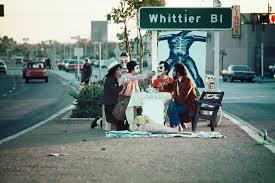


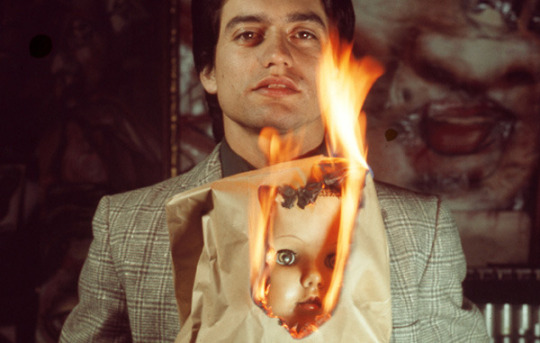

CHAPTER 17-19
Learning about Chicanx/Latinx pop art this week was really exciting for me. As I am currently studying art, I had been waiting for there to be a unit specifically oriented in the world of visual arts as creative expression. I was particularly interested in the Asco Art Collective. The term “asco” is typically in reference to something that is off-putting and disgusting. This group reimagined the asco experienced by their viewers to the creation of something new and bewildering. A strong catalyst in these new creations was the demographic and dynamic of the group. Based in L.A., teenagers with practices in different mediums found a sense of belonging within each other. The four core figures were: Harry Gamboa, who specialized in photography and writing; Glugio “Gronk” Nicandro, a printmaker and painter; Willie Herron, muralist; and Patssi Valdez, painter and primary performer. The teens drew from modern culture and the influence of the society that they were caged within. A notable piece of theirs was Spray Paint LACMA which is a photograph that depicts Patssi at the Los Angeles County Museum of Art with the rest of the members' names spray painted on the building. The group had noticed that there was not a fair representation of Latinx artists in the museum, and when they had confronted the administration about it, they claimed “Chicanos don’t make art, they’re in gangs.” Asco decided that they would show them what their “gang” could represent. This act of rebellion propelled their recognition as it followed suit with most of their other work. I appreciate the group's willingness to unapologetically take up space. They were sure to make their voices, as well as their people, seen in a society that was hard at work to paint false narratives of Latinidad in the United States. I admire their tenacity and their fight to be represented.
2 notes
·
View notes
Link
Week 5: Chapters 11 - 13
The world of theatre has long been a showcase of talent, passion, and captivating storytelling. Broadway, specifically, has always been a staple of American culture in that making it there, either to perform or produce a show, is the hallmark of artistic success. Typically for white people. I thought the mention of Broadway being coined as The Great White Way was interesting because it highlights how the performative arts have been designed to feed into the white idealist “American Dream.” The successful representation of Latinidad on the Broadway stage, however, has been recent. The first notable Latinitdad show was the 1979 Zoot Suit. The story line was framed around the riots in Los Angeles between the white U.S. military men and Mexican American teenagers in 1943. Zoot Suit was among the first of its kind, illustrating politically charged material and satire that broke the fourth wall. This, as well as the site specific references to Los Angeles and the culture, are reasons why the show became defunct. The characters engaged in using slang that was specific to the Los Angeles area; this made it hard for the Latinidad community in NYC - primarily Cubans, Pueto Ricans and Dominicans - to relate to the material. The show lost its initial popularity within the first five weeks of its debut. Despite this, it serves as an example for other Latina/o show writers to follow in the opposite direction for Broadway trailblazing. Lin Manuel Miranda and Quiara Aleriga Hudes’ show In The Heights is now a critically acclaimed musical and is applauded for its representation of Latinidad in urban NYC. Miranda and Hudes knew their audience and directed attention to the community based by Broadway. The success of this show is now a call to hope that Latinidad will rise in representation both on and off the stage.
0 notes
Photo

As a white person, I seldom consider the ethnicity of the characters involved in the media I’m consuming. In media concerning superheroes, I’ve generally thought that the making of one was simple: strong, just, and brave. These heroes were often ordinary people that led a secret double-life. I grew up loving the Marvel Universe; it was a tradition to go to the theater with my dad to watch the latest release. I rarely considered the ethnicity of the actors who played the antagonists or petty criminals. This chapter revealed to me how deeply rooted the false representation of people of color in the U.S. media is. Comic books were a main source of entertainment and media long before streaming services were even conceivable. Before the Comic’s Code was created in the mid-1950’s, representation of Latinidad, along with other racial minorities, was free range. This code was created to set a guideline for what was deemed easy to swallow by consumers. I think the innocuous intentions of the code are why I never harshly critiqued representation in the superhero universe. Now, there is a larger push for authentic representation in comics and resistance against the “American Dream” narrative that has been built around the industry. I value the creative minds that have pushed for this kind of visibility in the comic’s production. They have made a point to not only have representation that relates to their physical appearance, but to rule out the stereotypes and create a new narrative. This narrative creates a real response to how Latinidad and other cultures/ethnicities should be portrayed - as strong, brave and just heroes who are real people.
0 notes


